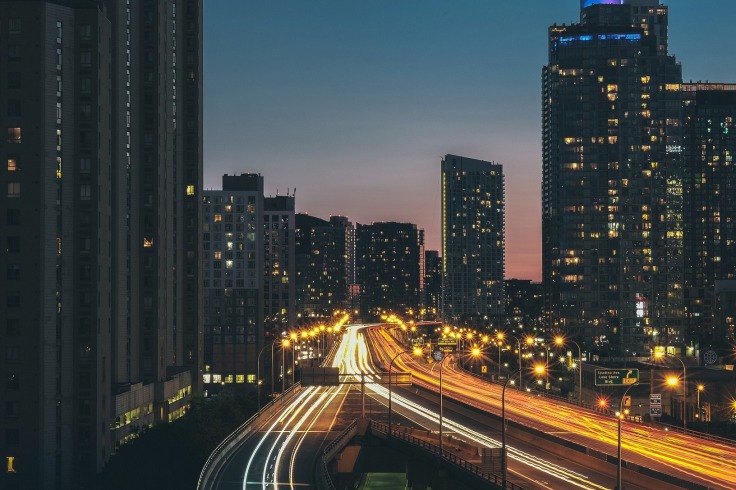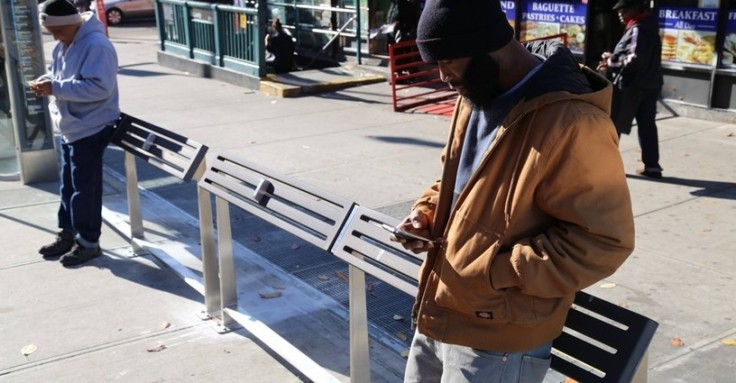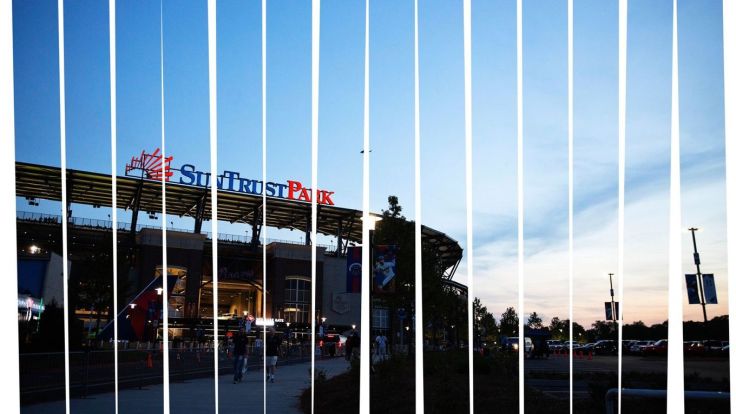
"In so many ways, Seattle is an amazing success story, thriving and economically vibrant, drawing thousands of people from around the country and the world. But we’ve also paid a hefty price for our success. The sudden injection of tech wealth has made Seattle a more exclusive place. It’s exacerbated inequalities, pushing people out of the city or even into homelessness. Rapid growth has taxed our infrastructure, and the debate over where to house all these new people has divided the city."
Source: www.seattletimes.com
Here are three articles from West Coast cities (Seattle, San Francisco, and San Diego) all bemoaning the troubles/difficulties associated with the increasingly expensive housing markets that are negatively impacting the quality of life and the communities. The three cities in question are all perceived as highly desirable places to live and many creative industries and businesses are flourishing in these areas.
Rapid economic success will change a city–and reconfigure the spatial networks and the sense of place in many neighborhoods. As demand for new housing in exclusive neighborhoods grows, gentrification is but one of the processes that will impact the city. These are some of the most economically successful cities on the West Coast; but economic success for a region will also present new difficulties and challenges as many domestic and international migrants are attracted to these comes the areas. Virtually all of the cities that migrants are being pulled to for economic opportunities and cultural amenities are going to be experiencing some similar struggles.
GeoEd Tags: neighborhood, gentrification, urban, place, economic, architecture.
Scoop.it Tags: neighborhood, gentrification, urban, place, economic, housing, architecture.










